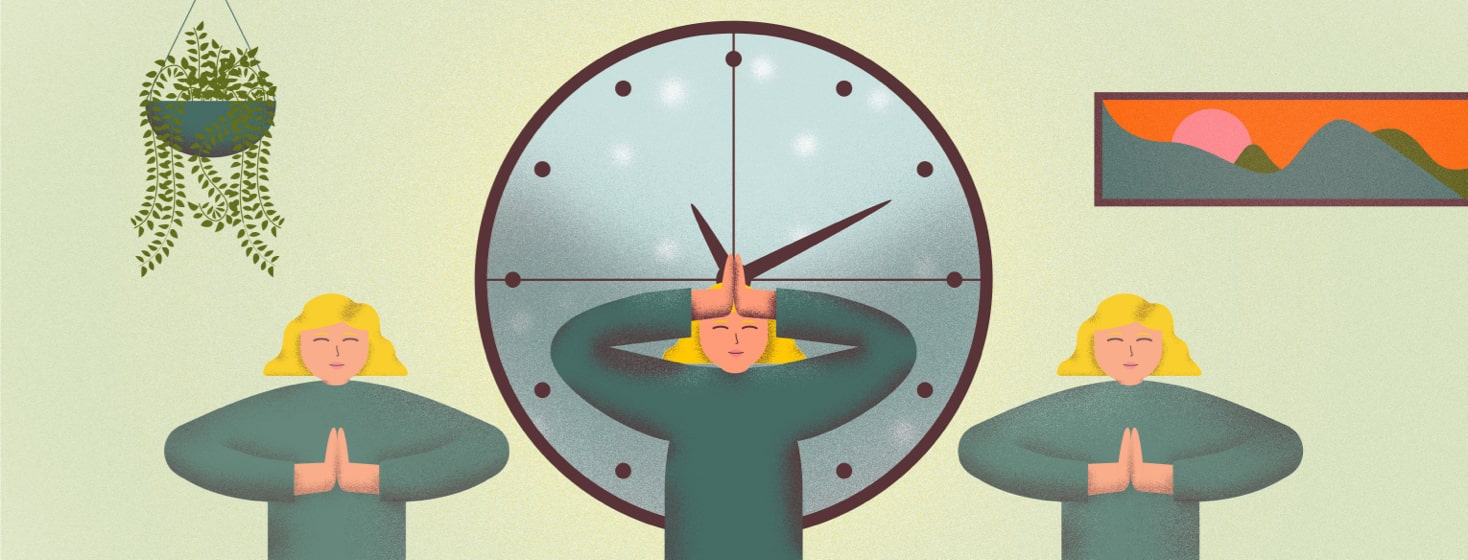Tips for Winter Flexibility and Self-Care
With winter approaching, time seems to be accelerating and slowing down at the same time. Shorter days make me feel like I must rush to get things done, but less sunlight and colder air make me want to hibernate and stay under the covers.
Less daylight, more stress
Do you find that shorter days accelerate your sense of time and leave you not having enough time?
Not enough time to get things done. Not enough time to take care of myself. Not enough time to do something fun. Not enough time to notice when daylight begins to shine a minute or two longer each day, while coldness takes a tighter grasp on the body during the next few months.
Movement and RA
Movement is important to help keep your body fluid when you live with arthritis—and yes, I mean rheumatoid arthritis and osteoarthritis, as well as any of the other 100 forms of arthritis.
Movement helps to ‘warm up’ your joints and protect against immobility. It doesn’t matter if you can only move a small bit; some amount of gliding those joints and extending the tissues of the body is good for you.
Sometimes a little bit of focused movement and stillness will help to make the days feel longer during these cold months. It also helps me enjoy moments of activity or a nap under a comfy blanket.
Taking care of my body in the winter
Here’s what I do to give my body some space and warmth from within during this time of the year. It’s amazing how a little time spent with focused hand and arm movements, combined with stillness, seems to add moments to my day.
- Hold my hands in front of my body or in my lap. I gently extend my fingers and then contract them to make an open bowl shape in my palms. Alternate positions until my fingers and hands grow big enough to form fists and flat paddles. As comfort levels permit, I like to stretch and lengthen my fingers, then create ‘waves’ from one pinky, through the thumbs to the other pinky, and back again.
- Once the fingers have been awakened, I move to the wrists. With my hands in an open ‘bear claw’ shape—very relaxed—I will ‘wave’ up and down with these floppy paws.
- Next, I join my hands palm-to-palm in a comfortable position and pause. Breathe. And wait. Wait for my palms to sink toward each other. Wait for my arms to relax enough that my joined thumbs lean gently into my chest. Breathe. Stay in this position until the palms are fully touching and the arms are straight from elbow to elbow. I breathe some more.
- Next, I will take one hand and gently lean/push against the other palm. Then lean toward the other direction too. Alternate using one hand to stretch and flatten the other hand while breathing deeply and allowing the shoulders to relax and drop.
- Once the shoulders begin to relax and sink, I like to bring my thumbs to my chest and then my pinkies to my abdomen, swinging back and forth to allow the wrists and forearms to ‘wake up’ and want to ‘fly.’
- My ‘flying’ touching palms begin to reach up to tap my forehead and out forward (away from the body) to allow my elbows to join the joint-awakening activities. Eventually, I reach above my head and straight out front until my elbows are extended, and my arms are long. I also like to swing my hands from shoulder to shoulder to allow some larger joints to get involved.
- All the while, I breathe. Always breathe. While I wait for muscles to relax and joints to move within their sockets.
- Finally, I bring my touching palms back to my chest, in front of my heart. From here, I allow one ear to fall toward a shoulder, then the other ear to fall in the opposite direction. I will let my chin fall to my chest, then lift it to the ceiling (or opposite wall).
- I allow my head and neck to explore their own gentle range of motion. Always breathing and pausing when the body feels like it.
- From here, I like to explore any other directions that my arms, shoulders, elbows, head, neck, ears, wrists, and fingers wish to go.
Be kind to yourself
At the end of this activity, I often feel like sleeping under a blanket. It may take some effort to allow myself to rest, but I know that I will be thankful later.
If, instead, my body and brain feel more bright, alert, and alive with energy after a session of gentle movement and slow breathing, I take advantage of the moment to do something fun. I find that it is a nice reward for taking care of my mind and body.
Do you have any winter tips to help keep your body fluid and flexible during this busy time of year? As always, I love to hear your stories. Stay warm, rested, and flexible this winter season. Summer will be here before you know it.
Be well,
Lisa
Check out my other articles on RheumatoidArthritis.net

Join the conversation